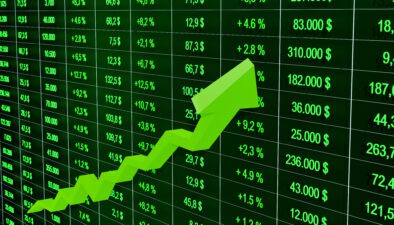For investors looking to buy shares of companies with excellent track records, Lassonde Industries Inc. (TSX:LAS.A) certainly gets top grade for recent performance, more than tripling over the past five years. With a strong track record supporting robust fundamentals, a strong argument can be made that this company is one to buy and hold for the years to come.
Some investors believe that this company’s share price has gotten ahead of itself, while others believe Lassonde may be ripe for the taking. I’m going to discuss the company’s fundamentals and provide analysis on why Lassonde may or may not be an investment suitable for your portfolio.
Valuation not impeded by recent stock price apprecaition
Most companies that have seen a tripling in the company’s stock price may notice increasingly unsustainable increases in valuation as a deterrent for long-term price appreciation moving forward. While Lassonde’s underlying fundamental valuation metrics have indeed become inflated in recent years, the company continues to be valued fairly, with a forward price-to-earnings ratio of 20 and a price-to-sales ratio hovering right around one. In a world of increasing valuation metrics, these numbers are actually decent, indicating that further price appreciation is not out of the question.
Lassonde also boasts reasonable margins, with its operating and profit margins coming in at 8% and 5%, respectively. Given the nature of the industry Lassonde operates in and the company’s relatively strong balance sheet and operationally sound debt load, should operational performance continue to translate into robust earnings and free cash flow in the quarters to come, I expect continued strength with this company in the intermediate term.
Lack of trading liquidity
One downside not traditionally focused on by many analysts is trading liquidity, and this is perhaps the biggest potential downside for Lassonde, given its relatively small market capitalization relative to other offerings on the TSX. Trading liquidity, or the ability of investors to be able to buy and sell shares at a given price on a given day, is an important metric for investors looking to get in or out of a stock with relative ease. For a company such as Apple Inc., liquidity will never be a problem; millions of shares are traded each day, providing a very good representation of the market price of the company’s equity at any given point in time.
For companies such as Lassonde, however, that see average trading volumes of just over 1,400 shares, the ability of an investor to receive his or her target price remains constrained. The bid-ask spread may remain a burden for investors looking to sell a large stake, making this company one of the hardest to trade on the TSX.
Bottom line
Lassonde is a company that long-term investors have done very well with, and removing the concerns about trading liquidity, I expect robust performance in the medium term as the company continues to churn out its core products for consumers everywhere. With growth opportunities abounding in this industry, waiting for a dip before purchasing a decent stake may be the way to go to take advantage of Lassonde — a company with a great track record and no indication of slowing down.
Stay Foolish, my friends.








